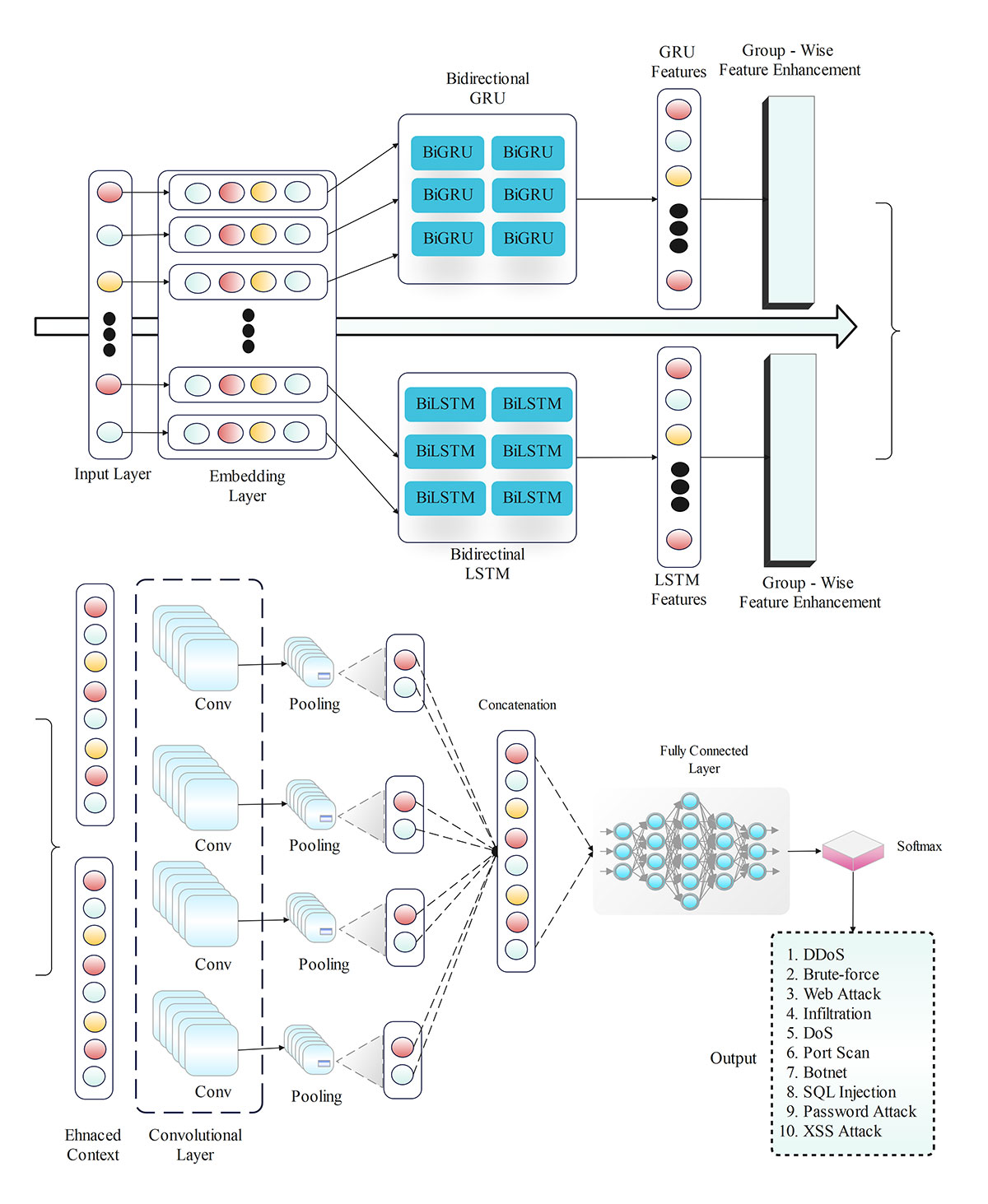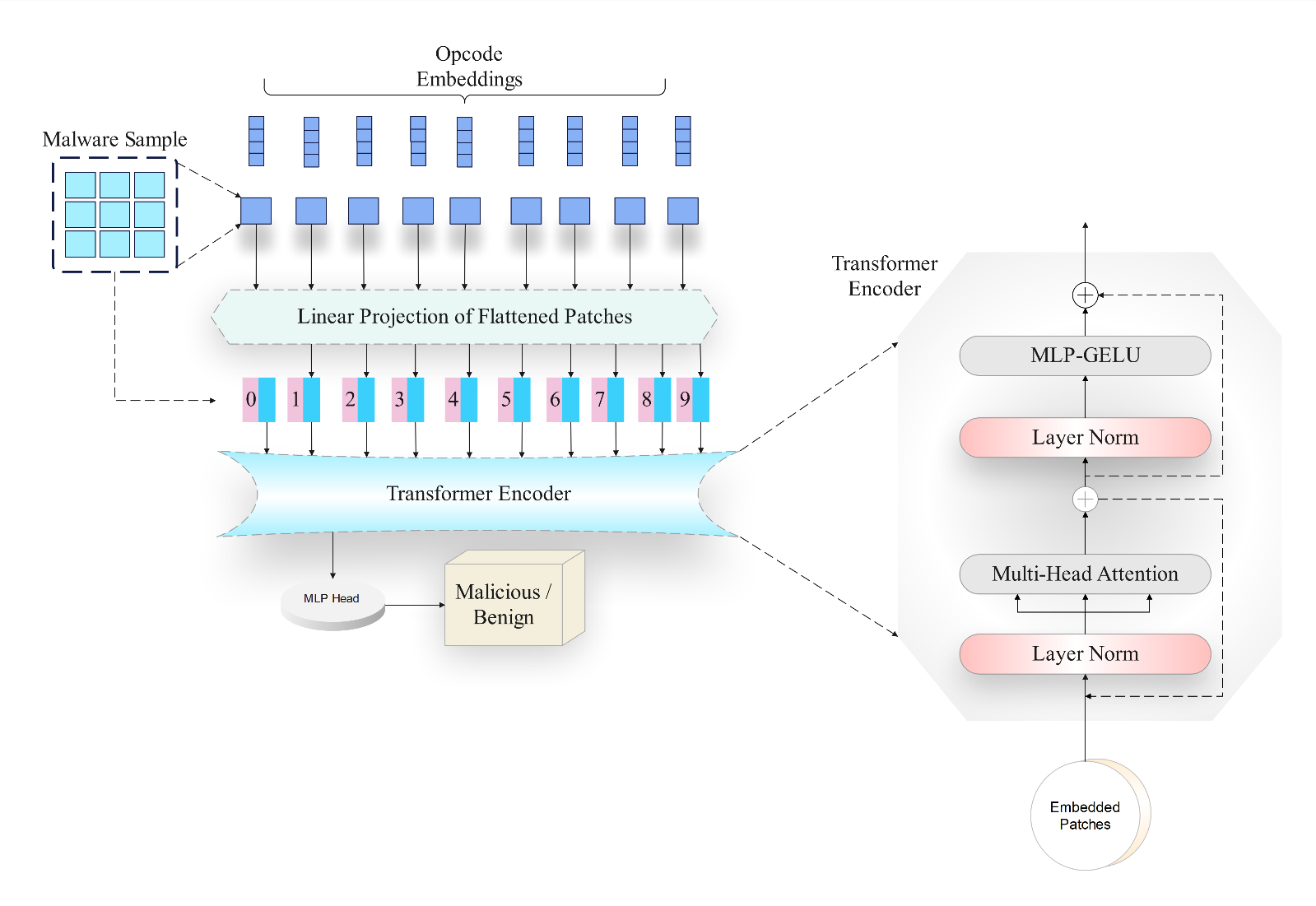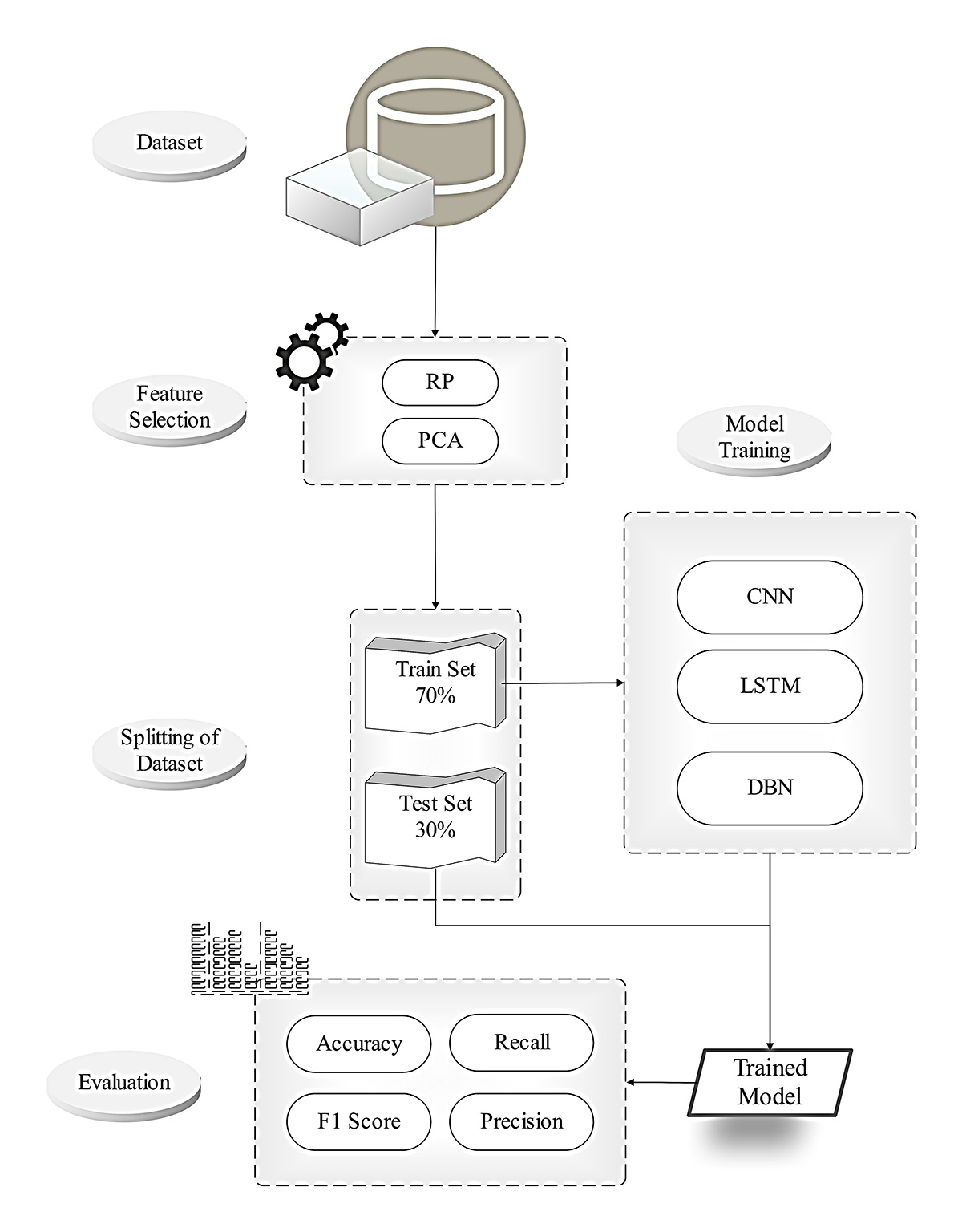IECE Transactions on Sensing, Communication, and Control | Volume 2, Issue 2: 106-121, 2025 | DOI: 10.62762/TSCC.2024.433246
Abstract
To address evolving security challenges in cloud computing, this study proposes a hybrid deep learning architecture integrating Bidirectional Long Short-Term Memory (BiLSTM) and Bidirectional Gated Recurrent Units (BiGRU) for cloud intrusion detection. The BiLSTM-BiGRU model synergizes BiLSTM's long-term dependency modeling with BiGRU's efficient gating mechanisms, achieving a detection accuracy of 96.7% on the CIC-IDS 2018 dataset. It outperforms CNN-LSTM baselines by 2.2% accuracy, 3.3% precision, 3.6% recall, and 3.6% F1-score while maintaining 0.03% false positive rate. The architecture demonstrates operational efficiency through 20% reduced computational latency and 15% lower memory foo... More >
Graphical Abstract




